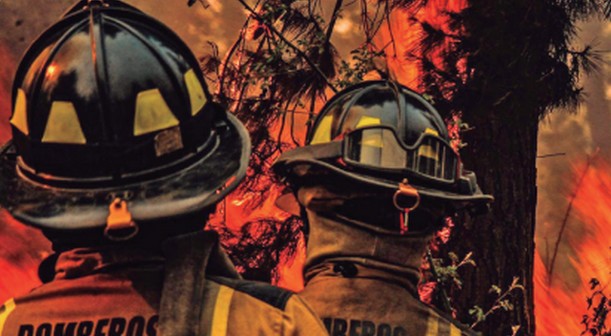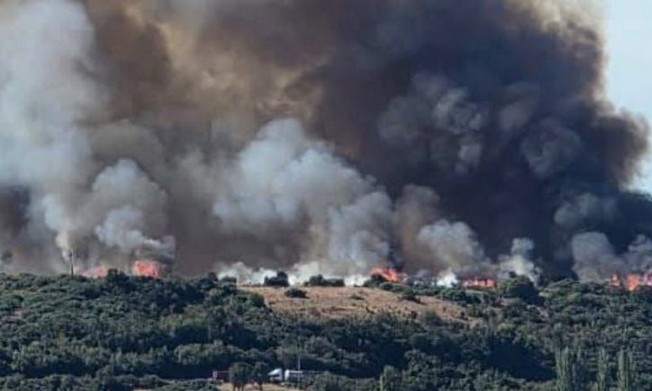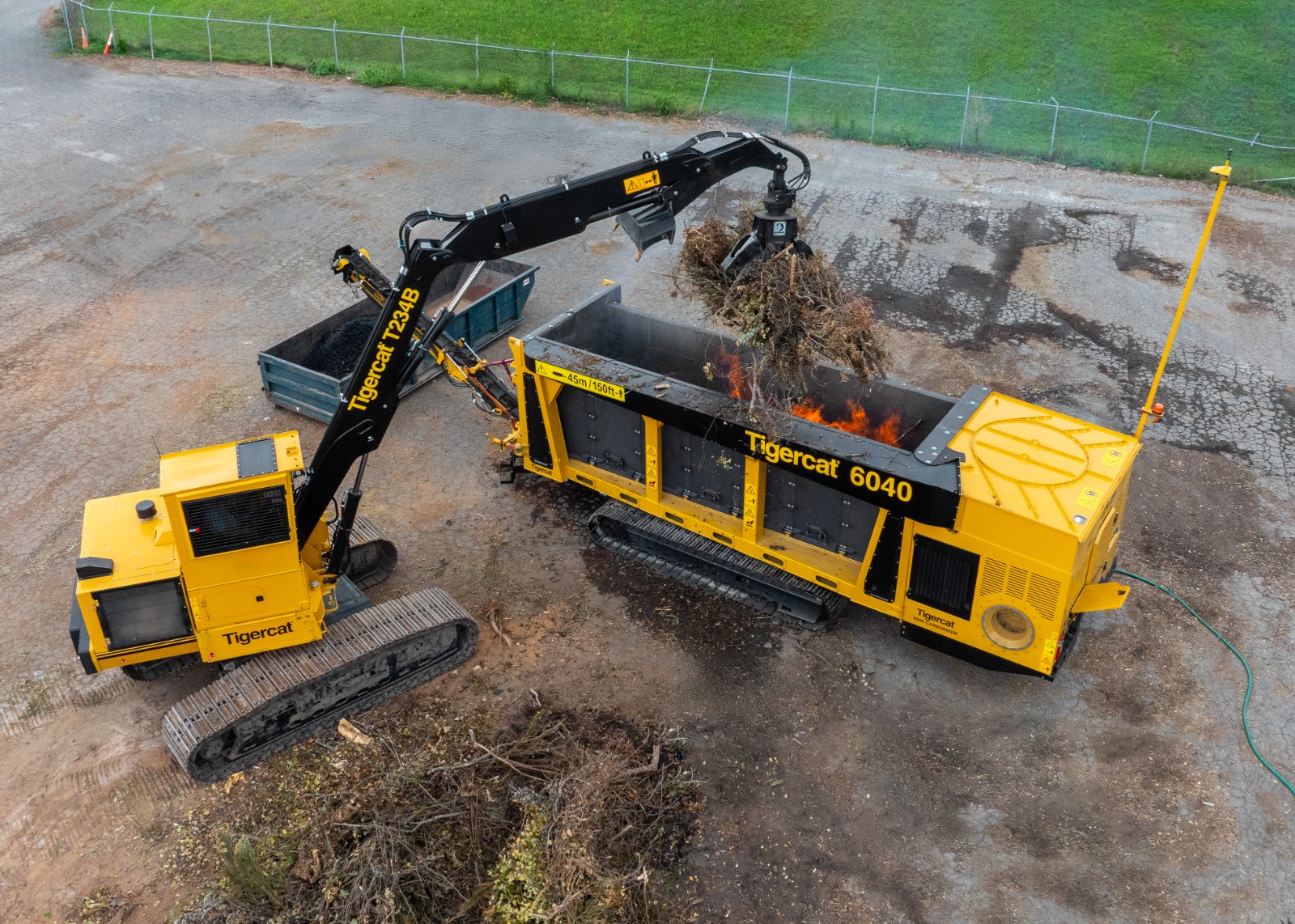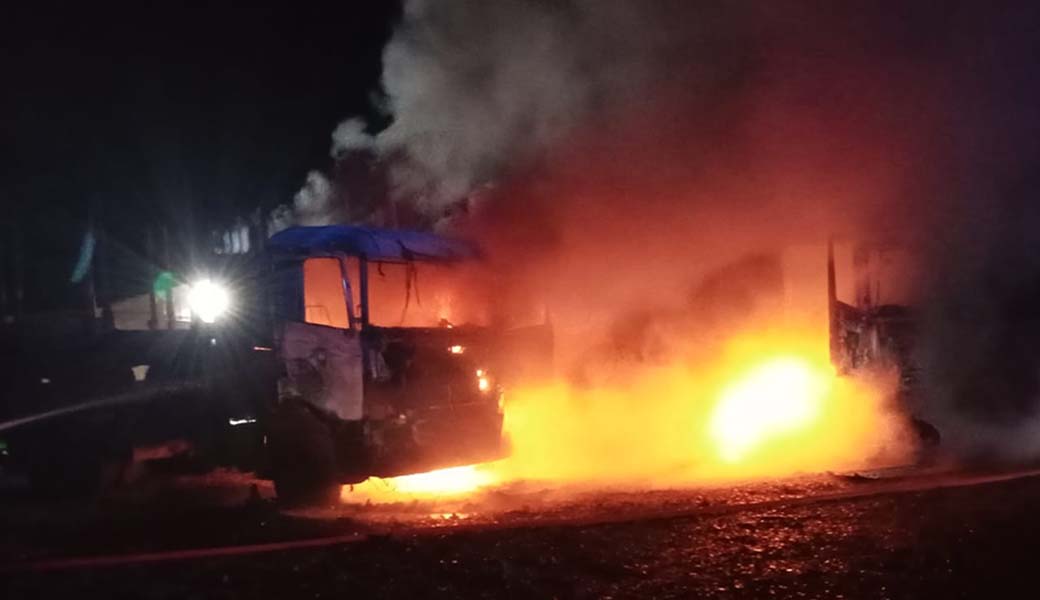The perimeter of the San Patricio fire, on the southern edge of the Coihueco foothills, covers approximately 2,000 hectares. After 25 days of ground and aerial firefighting in a hard-to-access area with steep slopes and wind influence, there is widespread public concern about ecosystem damage.
Although the fire, according to the latest report from the National Forestry Corporation (Conaf) of Ñuble, is now 100% contained, it has affected native forests within the Nevados de Chillán – Laguna del Laja Biological Corridor Biosphere Reserve, an internationally recognized UNESCO site under Chilean sovereignty.
The extent of damage to native vegetation can only be assessed once the fire is fully extinguished, using geographic information systems to determine burn severity. These maps will also help evaluate potential harm to low-mobility wildlife.
Regarding community concerns about high-mobility species like huemuls, pumas, and foxes—animals capable of quickly fleeing danger zones—Conaf stated the likelihood of impact is low. This aligns with reports from the San Patricio Fire Command Post and Ñuble’s Agricultural and Livestock Service (SAG), confirming no injured or dead animals have been observed or reported to date.
Concerning the huemul specifically, Conaf Ñuble’s Department of Protected Wilderness Areas (DASP) confirmed the San Patricio fire’s affected zone does not overlap with this species' current habitat.
Habitat
Christopher Sepúlveda, Head of Biological Diversity Conservation at Conaf Ñuble, explained that "while the fire zone is potential habitat for this iconic Andean deer, no sightings have been recorded within the 2,000 affected hectares in recent decades."
"This coincides with increasing threats from non-historic human presence, such as recreational property development, new roads, unregulated tourism, and especially free-roaming dogs," he noted.
He added, "Most fires result from human activity, and the San Patricio fire reminds us that population growth in this area has fragmented huemul habitat, pushing this and other wildlife species higher into the mountains."
The expert stated, "Conaf’s experience fighting mountain fires in Ñuble has enabled dynamic, coordinated strategies that prioritize biodiversity protection, including maps tracking historical and current huemul presence."
"Despite projections suggesting this disaster could have burned tens of thousands of hectares, we can confirm no damage to areas with active huemul populations, as the fire’s eastern perimeter was contained over 2 kilometers from the nearest georeferenced huemul record," he said.
Source:La Discusión







Comments (0)
No hay comentarios aún. ¡Sé el primero en comentar!
Deja un comentario